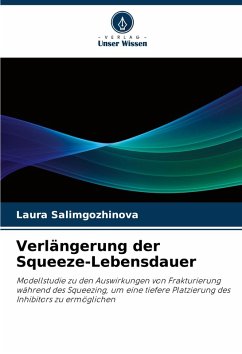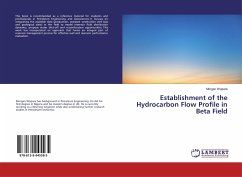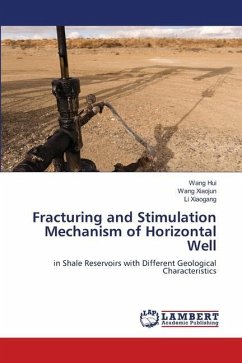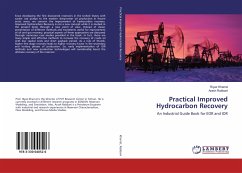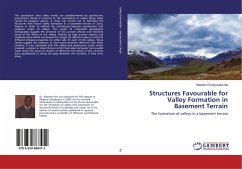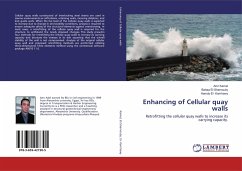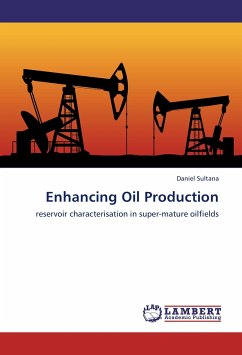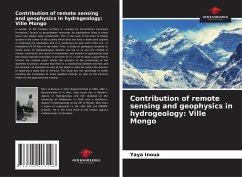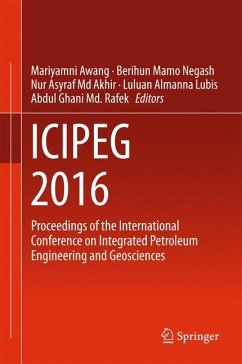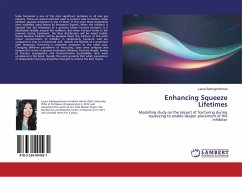
Enhancing Squeeze Lifetimes
Modelling study on the impact of fracturing during squeezing to enable deeper placement of the inhibitor
Versandkostenfrei!
Versandfertig in 6-10 Tagen
15,99 €
inkl. MwSt.

PAYBACK Punkte
8 °P sammeln!
Scale formation is one of the most significant problems in oil and gas industry. There are several methods used to prevent scale formation. Scale inhibitor squeeze treatment is one of them. In this work these treatments were modelled using Reveal by Petroleum Experts. When the inhibitor is injected into the formation at a pressure below fracture pressure, it is distributed radially around the wellbore. But when fracture forms in the reservoir during treatment, the flow distribution will be mixed (radial-linear) because inhibitor will be pumped down the fracture. In this work return concentrati...
Scale formation is one of the most significant problems in oil and gas industry. There are several methods used to prevent scale formation. Scale inhibitor squeeze treatment is one of them. In this work these treatments were modelled using Reveal by Petroleum Experts. When the inhibitor is injected into the formation at a pressure below fracture pressure, it is distributed radially around the wellbore. But when fracture forms in the reservoir during treatment, the flow distribution will be mixed (radial-linear) because inhibitor will be pumped down the fracture. In this work return concentration of inhibitor in temporarily fractured well are compared to that in unfractured well. Indeed, the lifetime of a treatment with temporary fracturing is extended compared to the radial case. Changing different parameters of fracturing, cases were analysed and compared in terms of squeeze treatment efficiency. Fracture length, timing of fracture propagation and fracture/matrix permeability ratio were considered in this book. Overall, this work presents that which parameters of temporarily fracturing should be changed to achieve the best results.



